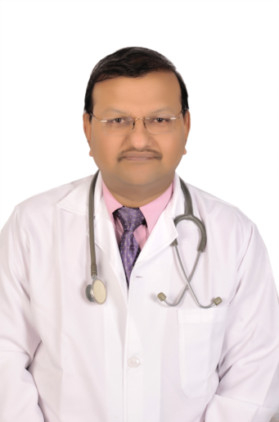
Just because you live in Paris, it does not mean you know everything about the Eiffel Tower. I would, humbly, like to use this as analogy for the human body as well. Just because we are blessed with the most unique and unsurpassed example of engineering, design and aesthetics, it does not mean we know everything about it. Its basics in particular. For example, where are the kidneys situated? What is the size of your heart? How old were you when your heart began to form?
The mastery of design of the human body can never be over-emphasised or over-celebrated. It is a fact that the more we know about our body, the more capable we are of keeping it in top condition. The complexity of its functioning is mind-boggling. Its self-administered checks and balances to stay on track, without us ever knowing about it, are nothing short of genius. It has a monumental capacity for self-healing, if we let it. The liver may be rotten and 80% of it may be dead and gone before the liver function tests even register minor abnormalities. The acidity of the body fluids is carefully controlled through feedback and micro circuits that could put the most complex man-made industrial processes to shame. Just the way it is constructed challenges your comprehension - billions of basic units or cells working together to form complicated tissues which again form tissue systems and organs and organ systems. Each organ does its job in an independent capacity and yet is closely linked with others. It is the highest example of autonomy in collaboration, a management concept that organisations and training institutions have been trying for decades to perfect.
But when it decides to go out of whack, it is usually as a last resort. It is also probably because its pleas went unheard. Of course there are also the inexplicable blips. One wrong circuit in the brain, an excretion of an extra micro gram of a hormone, a minuscule change in the concentration of a nutrient ... and it leads to havoc. The whole system may turn on its head as a result.
It is this play of contradictions that makes the human body such an unparalleled work of art. Yet many of us, though having been taught the basics to appreciate this art early on in life, grow up to take it for granted.
The object of the series is to reiterate the obvious - the complexity of the structure of the human body, its functioning, concept and running, the common disease processes and the basic approaches to avoid, or at least to delay the progress of the disease. Because it’s the only one we will ever have.
We need to not lose focus on what it means to be alive.










